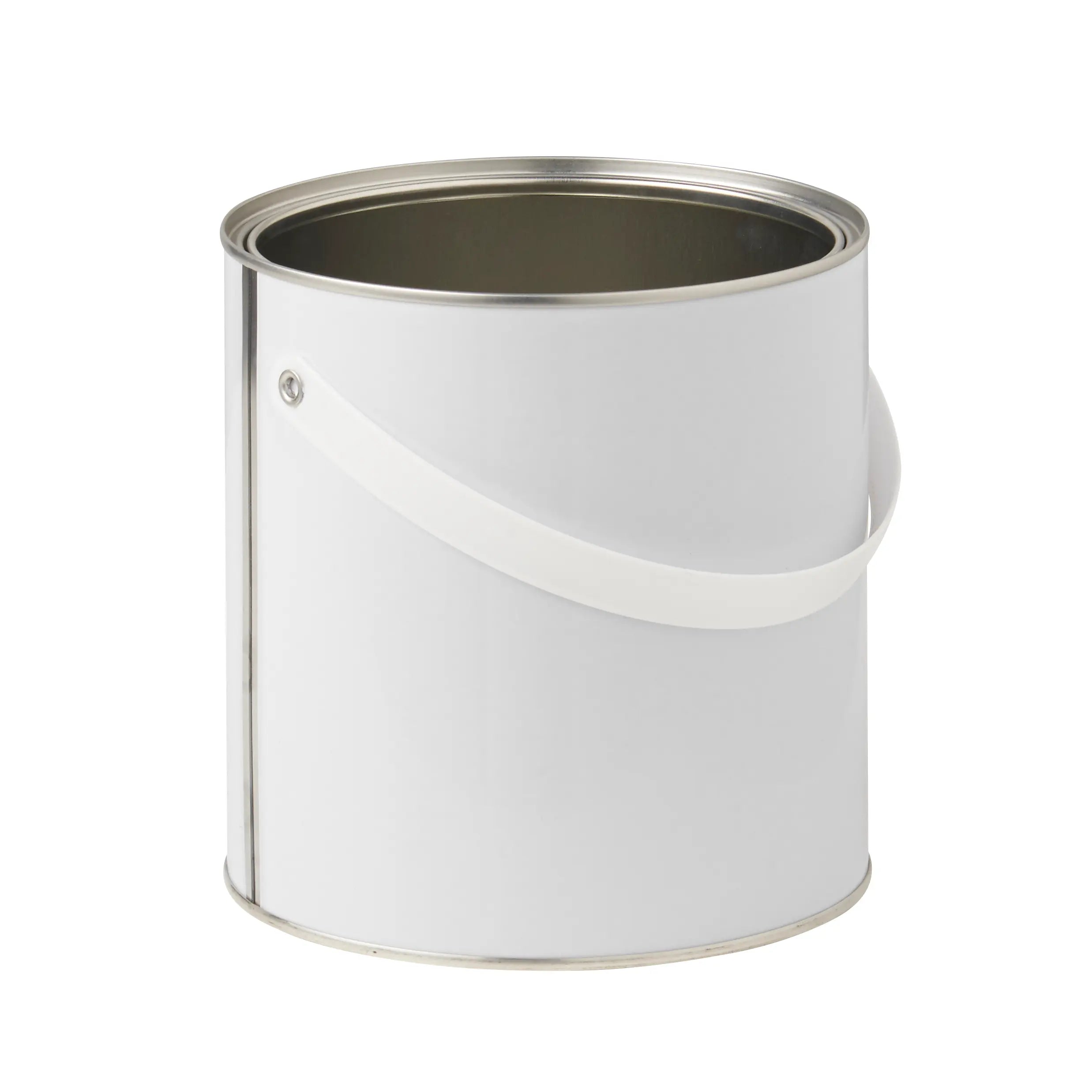
UN APPROVED
What do UN codes mean?
UN Approved Packaging Explained

| Character | Description | |||
| Type of Packaging |
1 - Drums 2 - Barrels 3 - Jerry Cans |
|||
| Material |
A - Steel B - Aluminium C - Natural Wood G - Fibreboard H - Plastic L - Textile N - Metal other than Steel or Aluminium |
|||
| Category | 1 - Closed Head 2 - Open Head | |||
| Packaging Group | X - Groups I, II & III Y - Groups II & III Z - Groups III only | |||
| Maximum Gross Mass or Specific Gravity |
Maximum Gross Mass - Solids or packaging that have inner packaging must be marked with the maximum gross mass (weight) in kilograms. Specific Gravity - Stand alone packagings intended to |
|||
| Solids or Inner Packaging |
Solids - A upper case ‘S’ should follow the maximum gross mass. Liquids - Liquids should reflect the hydrostatic test pressure in kPs (kilopascals), rounded to the nearest 10kPs. |
|||
| Year of Manufacture | The last two digits of data indicate the year the packaging was manufactured. |
|||
| Location of Manufacture | Country where the item was manufactured. | |||
| Manufacture Code | Code for UN certifying agency or manufacturer. | |||
For more information regarding UN certification please contact the VCA
www.dft.gov.uk/vca/dangerousgoods/dangerous-goods-of.asp



